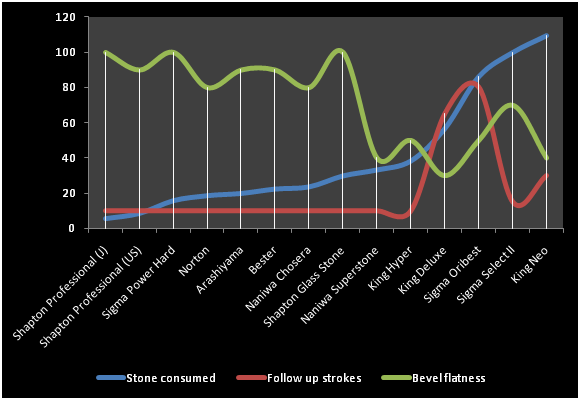With my new Lie-Nielson planes showing up and a handful of their chisels on the way, Iíve been reading about sharpening stones till Iím dizzy. I have a tormek with jigs but think I probably need flat stones for the best edge.
Are the Shapton glass stones best? Something like this setup? https://robcosman.com/collections/sh...apprentice-kit
The Lie-Nielson site looks to use a 1,000, 3,000, 10,000 setup in their sharpening video for their honing guide. Are these the best approach?
https://www.lie-nielsen.com/product/...nes-?node=4203
just trying to pin down something and was thinking of maybe combining ideas from the two with a trend 300/1,000 diamond plate to sharpen at 1,000 and to flatten stones at 300 and combine it with the Ohishi 3,000/10,000 stone from LN.
I did search but again it makes my head swirl trying to figure out best route for my really nice new tools. any thoughts? Thanks.





 Reply With Quote
Reply With Quote ) option I think is the best tradeoff of price & quality is Jon at Japanese Knife Imports
) option I think is the best tradeoff of price & quality is Jon at Japanese Knife Imports 





